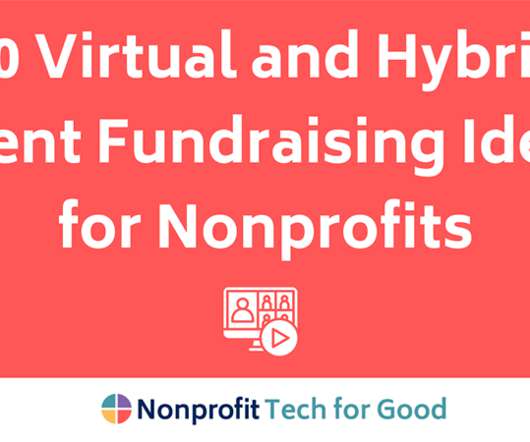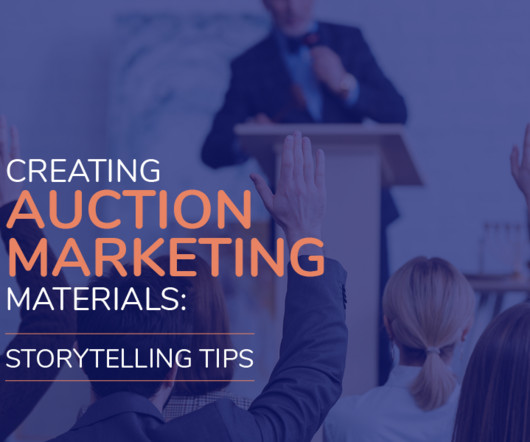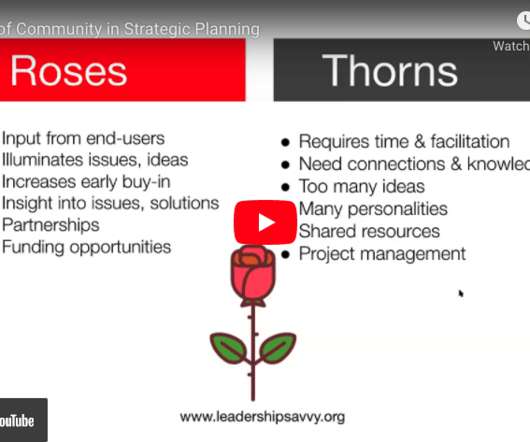Creating Learning Experiences That Connect, Inspire, and Engage
Beth's Blog: How Nonprofits Can Use Social Media
JANUARY 5, 2012
Content delivery is less important then the skill to making sense of it and that needs to be what “classroom time” is about. You get people to line up in the room as to whether they agree or disagree on a provocative statement related to the content – and then interview people. Illustration by Beth Kanter.












Let's personalize your content